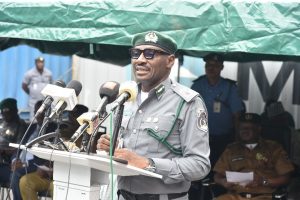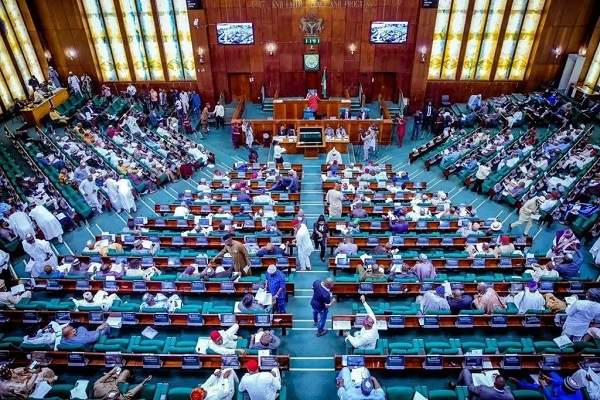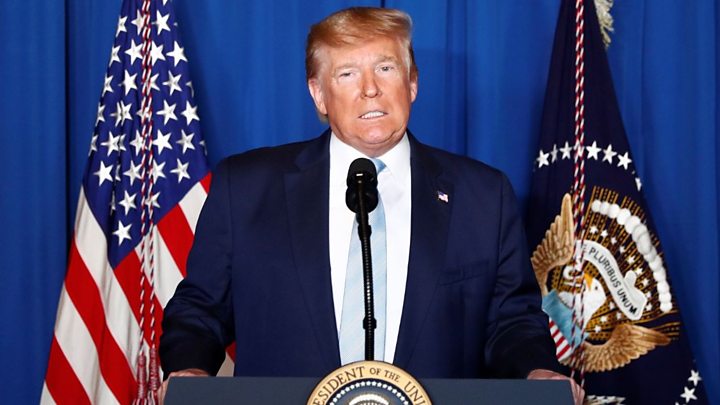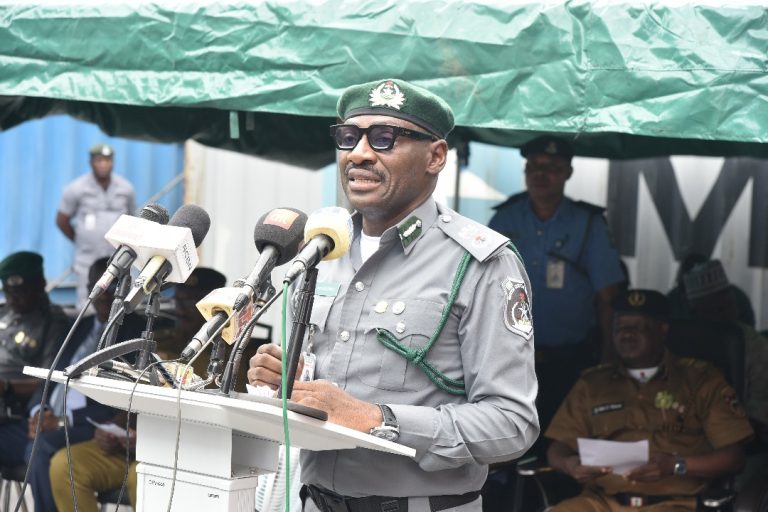- As US calls for end to Saudi airstrikes in Yemen
Italy’s most powerful earthquake since 1980 has left more than 15,000 people homeless, according to the country’s civil protection agency.
No-one was killed in Sunday’s quake but 20 people were injured and there is extensive damage in and around Norcia.
The 6.6-magnitude quake struck near the central region where nearly 300 people were killed by a quake in August.
Prime Minister Matteo Renzi is due to chair a meeting of his cabinet to discuss emergency reconstruction.
Mr Renzi said that Italy’s soul was unsettled.
It was an “enormous relief” that no-one had died this time, he added.
The earthquake struck on Sunday morning, destroying buildings or rendering them structurally unsafe in several towns and villages in the mountainous central region.
Many of those affected are living with relatives or friends, but the civil protection agency said it was providing assistance to 15,000, with 10,000 accommodated in tents and converted sports halls. Thousands spent the night in their cars or under canvas.
Hotels on the Adriatic coast are sheltering some 4,000.
More than 100 aftershocks were registered overnight into Monday, including one of magnitude 4.2.
Tremors from the latest earthquake were felt in the capital Rome, more than 100km (60 miles) away from the epicentre near the historic town of Norcia.
The Rome metro system was closed on Sunday; an early 20th Century bridge, Ponte Mazzini, has been shut to traffic after cracks appeared; and a crack was visible on the facade of St Paul’s Basilica, one of the four principal papal churches.
In Norcia, in the Umbria region, locals have been demanding tents rather than moving out of the town. Some decided to stay in their homes.
Norcia resident Stefano Boldrini, who is now living in a van with his eight-year-old daughter, was asked if they planned to stay in the area.
“How could we? There’s no more school, or church, or police station. There’s nothing here anymore,” he said.
The medieval basilica of St Benedict in Norcia was among many historic buildings destroyed.
An evacuation of vulnerable buildings in central Italy last week, following strong aftershocks from August’s quake, may have saved lives.
Officials said three people were dug out of the rubble alive in the town of Tolentino on Sunday.
Sunday’s quake – 6.6 as measured by the US Geological Survey – came on top of August’s quake and two last week of magnitude 5.5 and 6.1.
Other towns and villages to have suffered damage include Castelsantangelo, Preci, Ussita and Arquata.
Central Italy has seen several major quakes in recent years. Earthquakes which devastated the town of L’Aquila in 2009 and Amatrice in August this year killed about 300 people each.
But they both measured 6.2 and were deeper than Sunday’s earthquake.
In the meantime, the US has called for an end to airstrikes by a Saudi-led coalition in Yemen at a UN security council meeting, but critics pointed out that Washington continues to supply arms and provide other military support to Saudi Arabia.
The US ambassador to the UN, Samantha Power, condemned missile attacks by Yemeni Houthi rebels on Saudi Arabia and said the kingdom had a right to defend itself.
But she added: “It is also incumbent on the Saudi-led coalition and the forces of the Yemeni government to refrain from taking steps that escalate this violence and to commit to the cessation of hostilities.
“After 19 months of fighting, it should be clear that there is absolutely no military solution to this conflict. Airstrikes that hit schools, hospitals and other civilian objects have to stop. In many cases these strikes have damaged key infrastructure that is essential to delivering humanitarian aid in Yemen.”
Despite severe criticism of Saudi Arabia, the US and the UK continue to supply it with munitions and provide airborne refuelling for its warplanes. Over eight years, the Obama administration has offered a total of $115bn (£94bn) in arms sales to the kingdom.
Louis Charbonneau, the UN director of Human Rights Watch, said: “The US ambassador’s call for an end to indiscriminate airstrikes in Yemen would be more compelling if the US didn’t provide Saudi Arabia with some of the weapons that end up being used in these strikes.”
According to Yemeni officials and reports, coalition airstrikes on the port city of Hodeidah on Saturday killed at least 43 people, many of them inmates in one of the city’s prisons.
More than 10,000 Yemenis, nearly 4,000 of them civilians, have been killed since the conflict began in March 2015, when Houthi rebels seized Sana’a and called for the overthrow of the government of President Abd-Rabbu Mansour Hadi. Saudi Arabia and its Gulf allies have backed Hadi while Iran has provided support to the Houthis.
Reporting to the security council via audiolink on Monday, the UN humanitarian coordinator, Stephen O’Brien, said Yemen was “one step away from famine”.
“Eighty per cent of Yemenis, 21.2 million people, are in need of some form of humanitarian assistance,” he said, adding that since the start of the conflict 10,000 children under the age of five had died from preventable diseases due to the absence of basic medical supplies.
A senior US administration official said: “US support to the coalition is limited and under review. As we have emphasised on several occasions, it does not include target selection and review. We have been clear that the cooperation that we’ve extended to Saudi Arabia does not constitute US endorsement of offensive operations in Yemen that harm innocent civilians.”
The US review of its arms supplies to the Saudi armed forces was ordered after airstrikes on a funeral hall in Sana’a on 8 October. However, two former state department officials, Richard Sokolsky and Jeremy Shapiro, said the US review was unlikely to lead to major changes.
“The ‘policy review’ is an old and established Washington technique for avoiding tough decisions,” they wrote on the War on the Rocks website. “Faced with a choice between unpalatable alternatives, the government initiates a review to study the question in depth.
“The hope is that by the time the review is finished, the political pressure to take action will have passed. The purpose of a review is often to buy time and create space for an administration to keep doing what it has been doing, not to create clarity or to change policy.”
BBC with additional report from Guardian



















